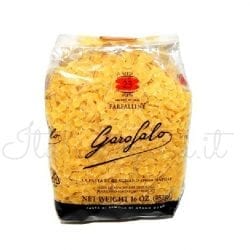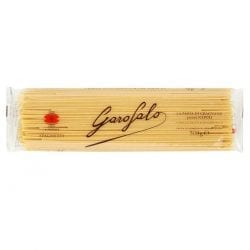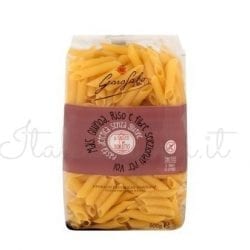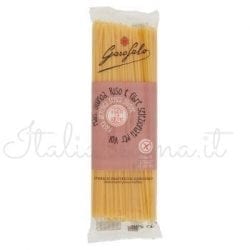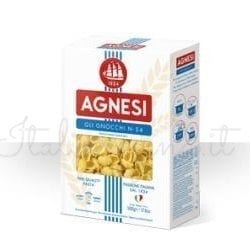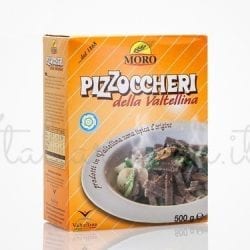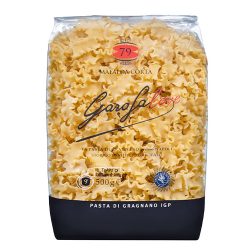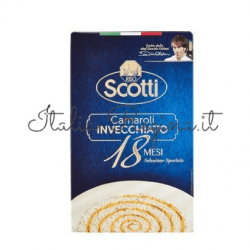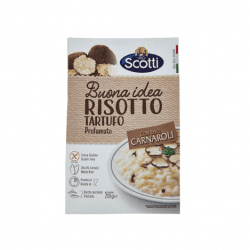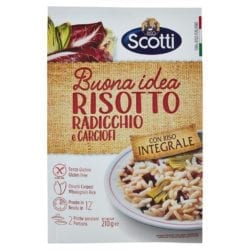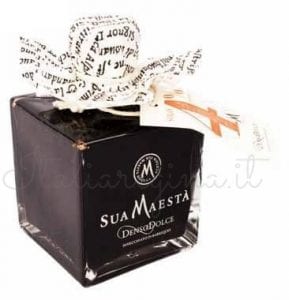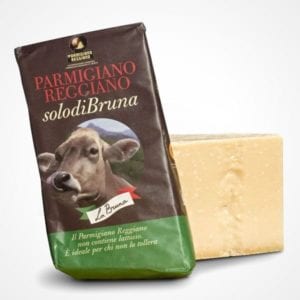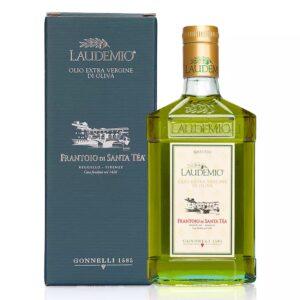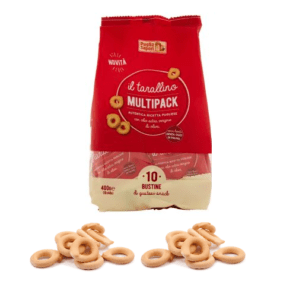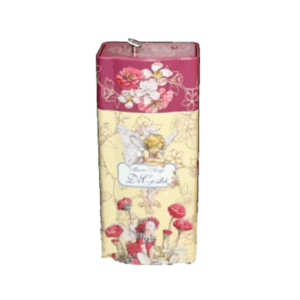 Linguine is a type of pasta made of long durum wheat semolina. They belong to the same family of bavette and trenette (in Genoese “trena” means “strings”) originating from Genoa. Unlike spaghetti which have a round section, linguine has a rectangular section. They are flat “spaghetti”!
Linguine is a type of pasta made of long durum wheat semolina. They belong to the same family of bavette and trenette (in Genoese “trena” means “strings”) originating from Genoa. Unlike spaghetti which have a round section, linguine has a rectangular section. They are flat “spaghetti”!
History
There is a first trace of this pasta shape starting from 1700. Giulio Giacchero talks about a format similar to linguine, trenette, seasoned with pesto, green beans and potatoes (“Economic history of the 18th century in Genoa”). It was the typical festive dish of the Ligurian families of the time. Furthermore, like most fresh egg pasta, linguine is thought to be the descendants of the “lagane”, large slices of egg pasta that were used to prepare a dish similar to today’s lasagna.

About Durum Wheat Semolina
Durum wheat semolina pasta, to be named as such, must be the result of the drawing, rolling and drying of a dough prepared exclusively with durum wheat semolina and water, without the addition of coloring and preservatives. The particular properties of durum wheat ensure that the starch does not disperse and therefore the pasta does not overcook, ensuring that it is firmly cooked and a dish with a unique and authentic taste.
Durum wheat semolina has a high tenacity and a lower extensibility than white flour and is therefore suitable for both bread making and pasta production. From a nutritional point of view, it contains more proteins and gluten than soft wheat flour and the resulting products have better conservation, a lower glycemic index and contain carotenoids, pigments capable of binding and eliminating free radicals. In addition, the ability to retain starch ensures perfect cooking, preventing the pasta from sticking as happens to that produced with soft wheat.
Taste Italian Pasta: Buy Now!
-

Italian Pasta Farfalline – Garofalo
€1.50 -

Italian Pasta Spaghetti – Garofalo
€2.40 -

Italian Pasta Gluten Penne – Garofalo
€0.00 -

Italian Pasta Gluten Free Linguine – Garofalo
€3.00 -

Italian Pasta Gnocchi – Agnesi
€2.00 -

Italian Pizzoccheri Pasta
€2.54 -

Italian Pasta (Ricciutelle) – Agnesi
€2.00 -

Italian Rice Carnaroli 18 months aged
€11.00 -

Italian Risotto Dry Truffle
€3.50 -

Italian Risotto Dry Milanese with Saffron
€3.40 -

Italian Rice Pumpkin, Asparagus and Quinoa
€3.50 -

Italian Risotto Radicchio and Artichokes
€3.40

